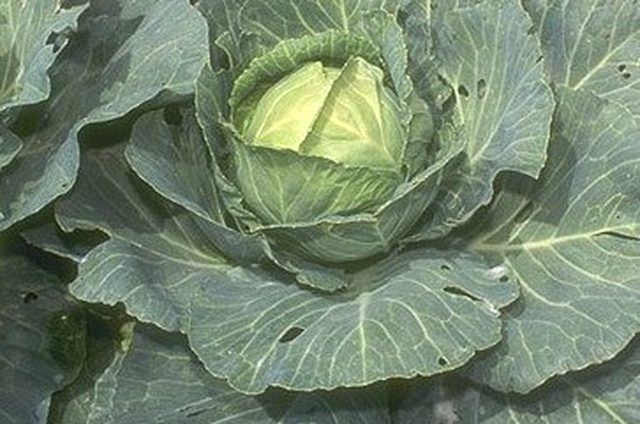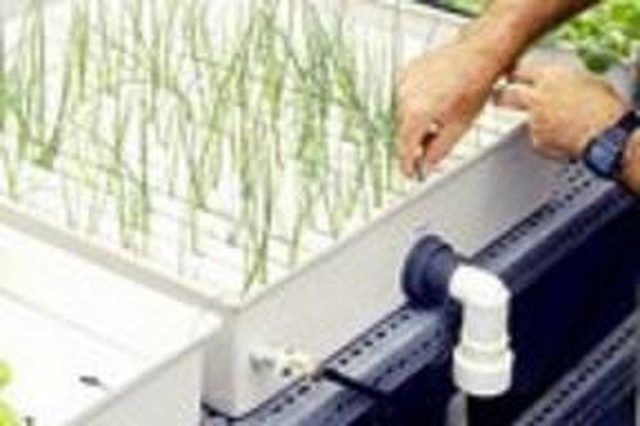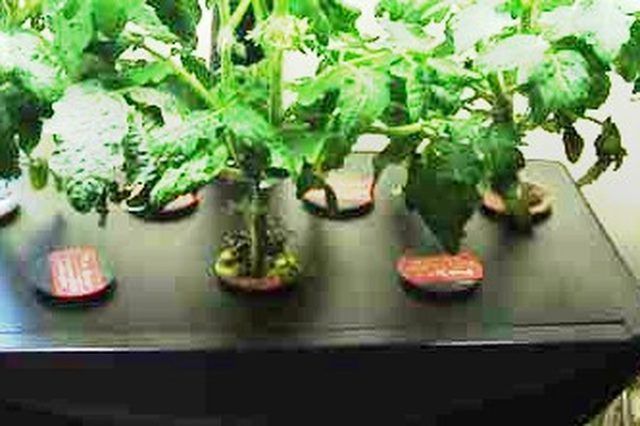Bulbs
Flower Basics
Flower Beds & Specialty Gardens
Flower Garden
Garden Furniture
Garden Gnomes
Garden Seeds
Garden Sheds
Garden Statues
Garden Tools & Supplies
Gardening Basics
Green & Organic
Groundcovers & Vines
Growing Annuals
Growing Basil
Growing Beans
Growing Berries
Growing Blueberries
Growing Cactus
Growing Corn
Growing Cotton
Growing Edibles
Growing Flowers
Growing Garlic
Growing Grapes
Growing Grass
Growing Herbs
Growing Jasmine
Growing Mint
Growing Mushrooms
Orchids
Growing Peanuts
Growing Perennials
Growing Plants
Growing Rosemary
Growing Roses
Growing Strawberries
Growing Sunflowers
Growing Thyme
Growing Tomatoes
Growing Tulips
Growing Vegetables
Herb Basics
Herb Garden
Indoor Growing
Landscaping Basics
Landscaping Patios
Landscaping Plants
Landscaping Shrubs
Landscaping Trees
Landscaping Walks & Pathways
Lawn Basics
Lawn Maintenance
Lawn Mowers
Lawn Ornaments
Lawn Planting
Lawn Tools
Outdoor Growing
Overall Landscape Planning
Pests, Weeds & Problems
Plant Basics
Rock Garden
Rose Garden
Shrubs
Soil
Specialty Gardens
Trees
Vegetable Garden
Yard Maintenance
How to Grow Cabbages Using Hydroponics
How to Grow Cabbages Using Hydroponics. Hydroponics, the water-culture of plants without benefit of soil, has become big business. It also provides a way for the home gardener to grow fresh vegetables all winter. Leafy vegetables, with their fairly compact root systems, are well-suited to a window-sill hydroponic garden. Cabbage may not spring to...

Hydroponics, the water-culture of plants without benefit of soil, has become big business. It also provides a way for the home gardener to grow fresh vegetables all winter. Leafy vegetables, with their fairly compact root systems, are well-suited to a window-sill hydroponic garden. Cabbage may not spring to mind as a good hydroponic candidate, but even this large member of the brassica family can be grown in water-culture gardens.
Things You'll Need
Hydroponic system with container and solution reservoir or flushing mechanisms
Soilless growing medium
Hydroponic nutrient solution
Seedlings
Water
pH test kit
Optional
pH correction tablets
Insecticidal soap
Aluminum foil
Find the type of hydroponic culture that will work best for you. Choose a hydroponic system based on how much you want to spend and how much time you have to tend it. You can buy self-regulating systems or build a simple system with a foil roaster, some plastic hose and screening that will require you to water your plants three times a day. Find a sunny window in which to grow your greens. Cabbage, like other leafy greens will scorch with too much sun, so find a window where you can shade your plants from mid-day sun if necessary.
Fill your trays with inert natural materials like sand, pea or expanded clay gravel, or manufactured agricultural like vermiculite, plastic beads or perlite. Some systems use no medium and are just plastic trays with slits for plants. Find a garden-supply store that sells nutrient mixes and chemicals designed specifically for hydroponics. Cabbage, like most vegetables, requires plenty of nitrogen, but it also needs other nutrients, like calcium and magnesium, usually found in garden soils. Hydroponic mixes should include some amino acids and minerals not found in garden fertilizer.

Purchase cabbage seedlings or grow your own in paper cups. When they grow large enough to stand on their own in the hydroponic bed, transfer them. If you have a system that uses "flushing"---filling the tray from beneath with a flood of water, then draining it immediately---wait until your seedlings have grown large enough that they will not float out of the medium. Plant seedlings exactly where they will grow---cabbage may need as much as two feet to spread out, depending on variety.
Follow directions for applying nutrient solution exactly, whether using a system with a reservoir or one that uses flushing. Mix solution exactly according to directions and mix only as much as you need---solution that stands can undergo chemical changes or develop algae or fungus. Test your solution periodically for pH (the amount of acid or base in the solution). Cabbage needs a pH between 6.5 and 7.0 in order to thrive; adjust pH with tablets with additives designed for hydroponics.

Position your cabbages to get enough light---an east window is good because it has lots of light without the hot mid-day or afternoon sun. Control humidity and temperature. Cabbages fade outdoors in mid-summer heat, and they will begin to fade or crack if conditions get too hot or dry indoors, too. Aphids are a common indoor problem; use insecticidal soap for control. Check periodically for cabbage diseases---club root, fusarium yellows or viruses. Although these soil-borne diseases are unlikely, outbreaks should trigger a removal of infected plants, sterilization of the system and replacement of growing medium. Pests like cabbage worms or loopers and cutworms are also unlikely; remove them by hand.
Tips & Warnings
Hydroponics use a nutrient solution circulated under or flushed through inert media like sand, gravel or plastic to grow plants. A similar system, aeroponics, uses water vapor circulated under the plants.Both can be practiced under grow lights if there's no sunny window handy.
Aphids are a curse of indoor gardening and difficult to control on the voluminous leaves of the cabbage; cut collars of aluminum foil to reflect light up on the undersides of leaves to deny the nasty creatures the darkness they need to start colonies under your cabbages' outer leaves.
Use only opaque containers for your hydroponic system. Clear plastic or glass admits sunshine or light that may encourage the growth of algae in the moist environment.